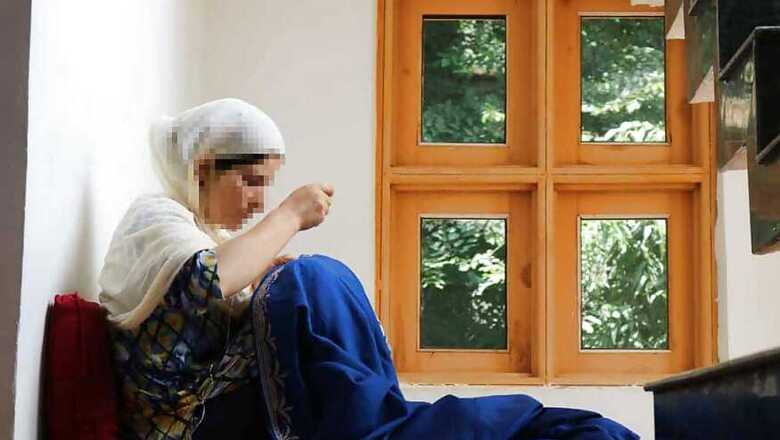
views
Bamdoora (J&K): Amal (name changed) moves her fingers over her embroidery work while recounting the last two years of her life. Her nerves always seem to be on edge. Minor, stray sounds perturb her greatly. Noises, like footsteps, unnerve her more.
“The summers are dreadful," she murmurs and sinks her head in the patch of cloth to resume the work that supports her family, who live in a small hamlet in south Kashmir’s Anantnag district called Bamdoora.
Two years ago, on the night of July 7, 2016, Amal and her mother were preparing their beds when small specks of mud began crashing on their windows. “Without asking me, she opened the door," her mother says.
That’s because on her door she found her cousin Sartaj Ahmad Sheikh. He had joined militancy a few years ago. With him were two other militants, Pervaiz Ahmad and Burhan Wani.
In a few hours, security forces would surround their house, and in the ensuing encounter, the most-known militant in the Valley, Burhan Wani, would be killed along with two accomplices, setting in motion a cycle of violence that continues to this day.
Wani’s death would also go on to destroy Amal’s life and the lives of her neighbours, all of who would be branded conspirators by a mob whose rage hasn’t yet died.
Amal’s life, the lives of her neighbours and even the lives of those who persecute her, show what relentless conflict can do to a group of tightly packed people. It can cause mental stress, acute enough to trigger mass neurosis and turn people against each other.
“We prepared dinner for them. Before they slept, we talked a lot," says Amal. “I was excited that Burhan had come to our house."
Kashmiri militancy had for the first time in the last decade come to be identified with a single face, that of Burhan Wani. That’s because he decided to project it in every photo and video he could compose while being on the run. His photos encouraged youths across the Valley, even in places which had remained untouched by militancy, to pick up guns against India. From daily wagers to millionaires, PhD scholars to engineers, young boys from all sorts of backgrounds abandoned their homes to become Burhan Wanis. There came a moment when, in what took everyone by surprise, there weren’t even enough Pakistan-supplied guns for these youths. Terror groups had to turn away potential recruits and ask them to snatch weapons from security forces first.
Amal couldn’t naturally enjoy a peaceful sleep. The most wanted man in the Valley had come to their house unannounced and was spending the night there.
The next day, just before sunset, a convoy of army and police arrived in their village. They cordoned off few residential houses. They had received a tip-off about the place where Wani, with Rs 10 lakh bounty on his head, was staying. Their target was Amal’s house.
Amal had just opened the window when she witnessed scores of soldiers crawling towards their house. “I told my mother we are doomed," she says. The family was asked to come out. Moments later, gunfire was exchanged. “A few minutes later, there was a complete lull."
The poster-boy of Kashmiri militancy had just been shot dead. Protests followed, newer militants were killed in clashes with the forces, massive funerals on a never-seen-before scale were held throughout the Valley. More protests were held and more boys joined militancy. In a way, what started with the death of Burhan Wani hasn’t extinguished yet.
Soon after, Amal and her mother realised an unusual anger brewing in people against them.
Hundreds of people started visiting the encounter site. Within a few days, a ‘rumour’ began spreading in Kashmir like a wildfire. The family was alleged to have “betrayed" Burhan. The rumour said Burhan Wani was poisoned and the army was informed about his precise location by Amal and her family.
“Angry mobs began visiting our house and then they started threatening us," says Amal’s mother.
A video which showed bedsheets in the room covered in blood and bullet holes on the walls was also widely circulated.
Tensions escalated in Bamdoora, and the entire village of 150 households was expecting a mob to descend on them any minute. Amal’s family and her neighbours fled for their lives.
On July 14, six days after the encounter, a masked mob approached the village, shouting slogans and calling the villagers “traitors".
They began vandalising Amal’s house and then set it on fire. The mob didn’t stop there. Nine other houses were also set ablaze.

The mobs vandalised the houses and then burnt them down. (Aakash Hassan)
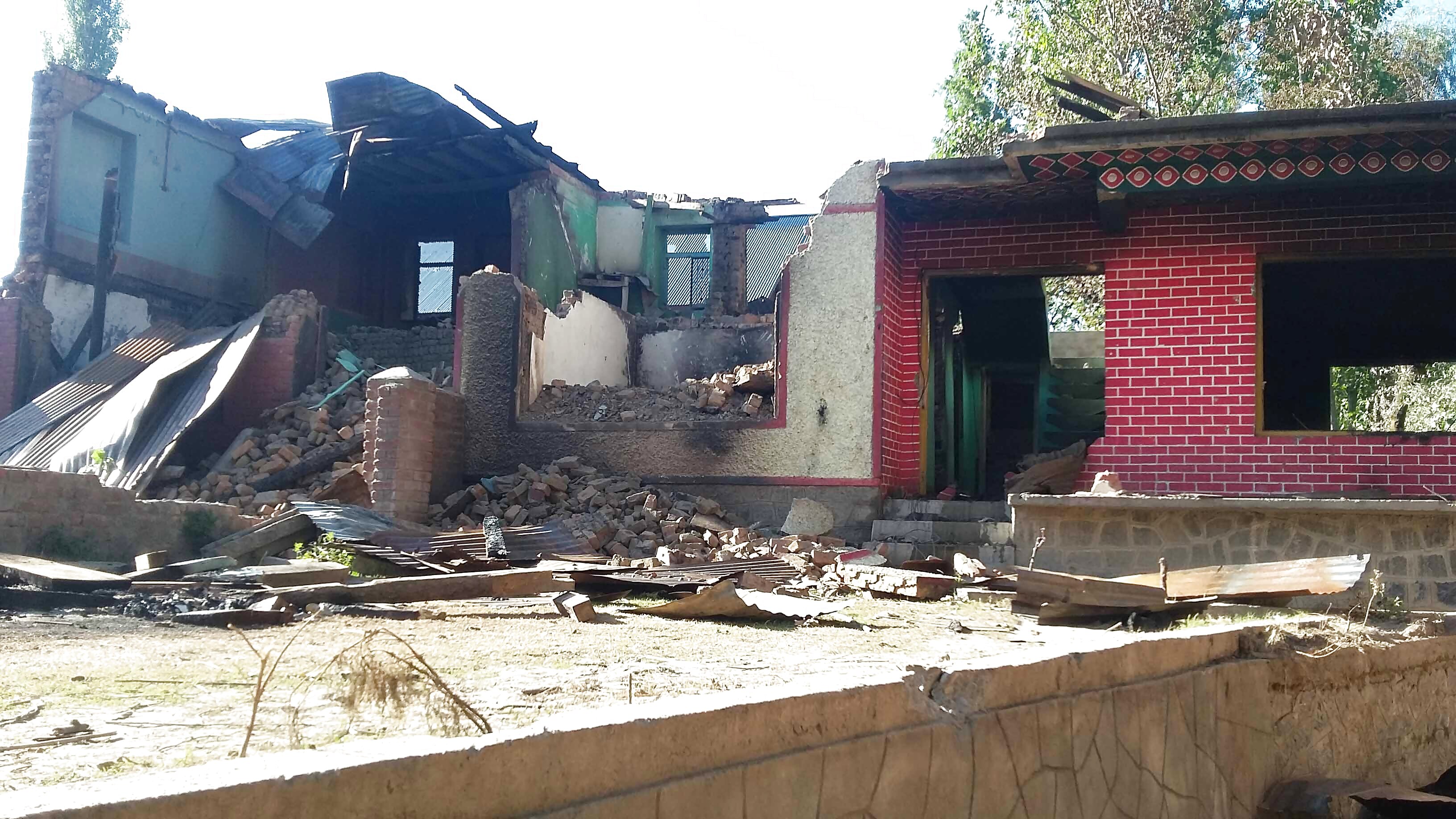
One of the houses vandalised and set afire in Bamdoora village. (Aakash Hassan)
“They were looking for my family and me," says Amal, staring deep with her brown eyes. “They wanted to kill us. I was with my father in the nearby forest, watching our house go up in flames."
In an emotional moment, Amal describes the mental trauma that she went through. “That night, when my house was burning, they abused me, called me a whore and some even beat me."
The flames leapt into the sky and blasts of gas cylinders reverberated in the entire area, but no one dared to douse the flames. Even fire tenders didn’t turn up. Then the mob approached their apple orchard and cut down the trees. They also set on fire the first high-density orchard in the state, situated in the village. The orchard had recently been inaugurated by Mufti Mohammad Sayeed, the then chief minister of Jammu and Kashmir, in September 2015.
“After a few days, while smoke was still rising from the houses, the mob came again and set the houses on fire anew," says Amal’s neighbour. “They made sure that the houses were buried in the soil."
Nine houses were destroyed completely and 12 families were rendered homeless. These families could save nothing.
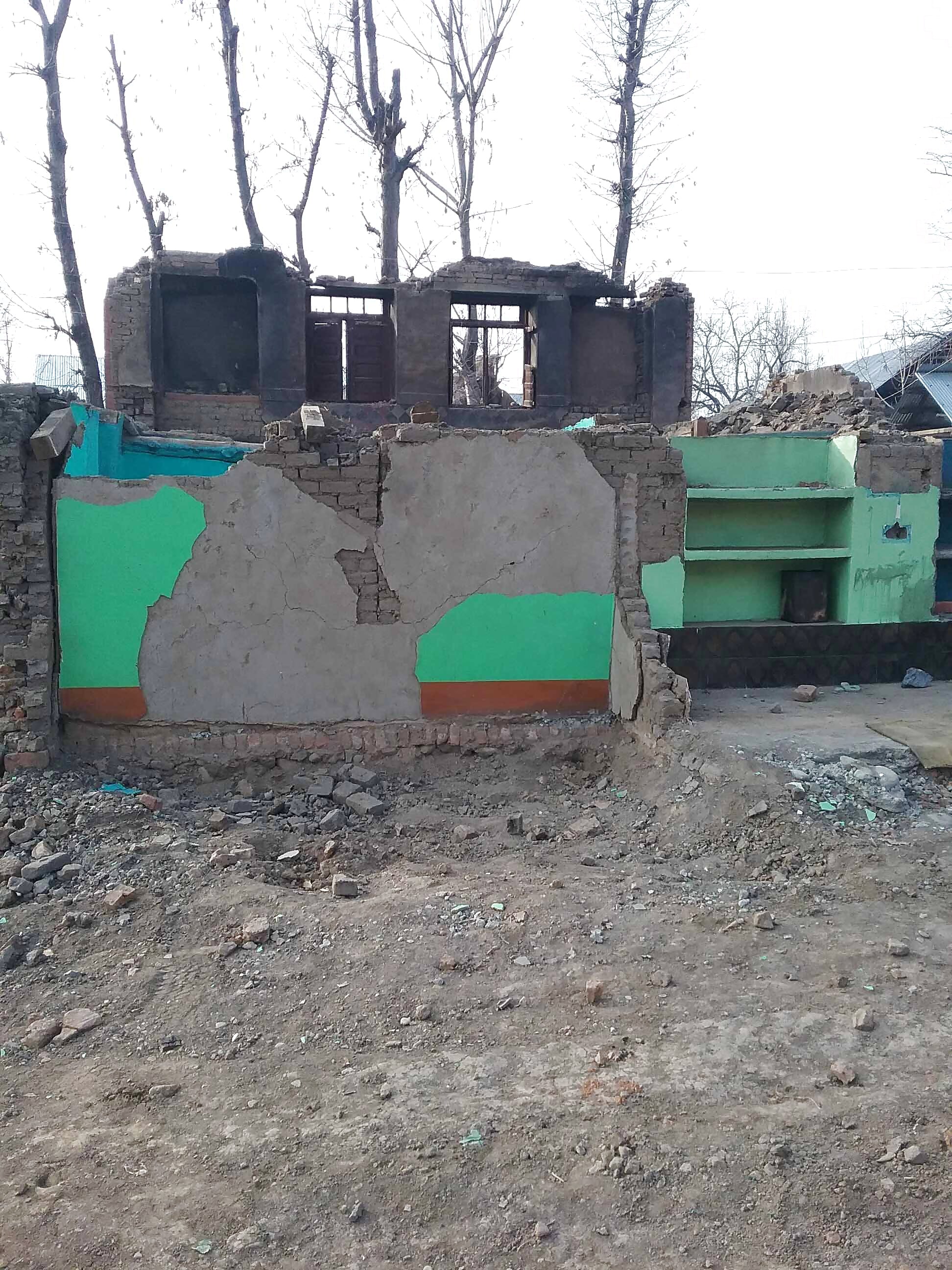
The mobs vandalised the houses and then burnt them down. (Aakash Hassan)
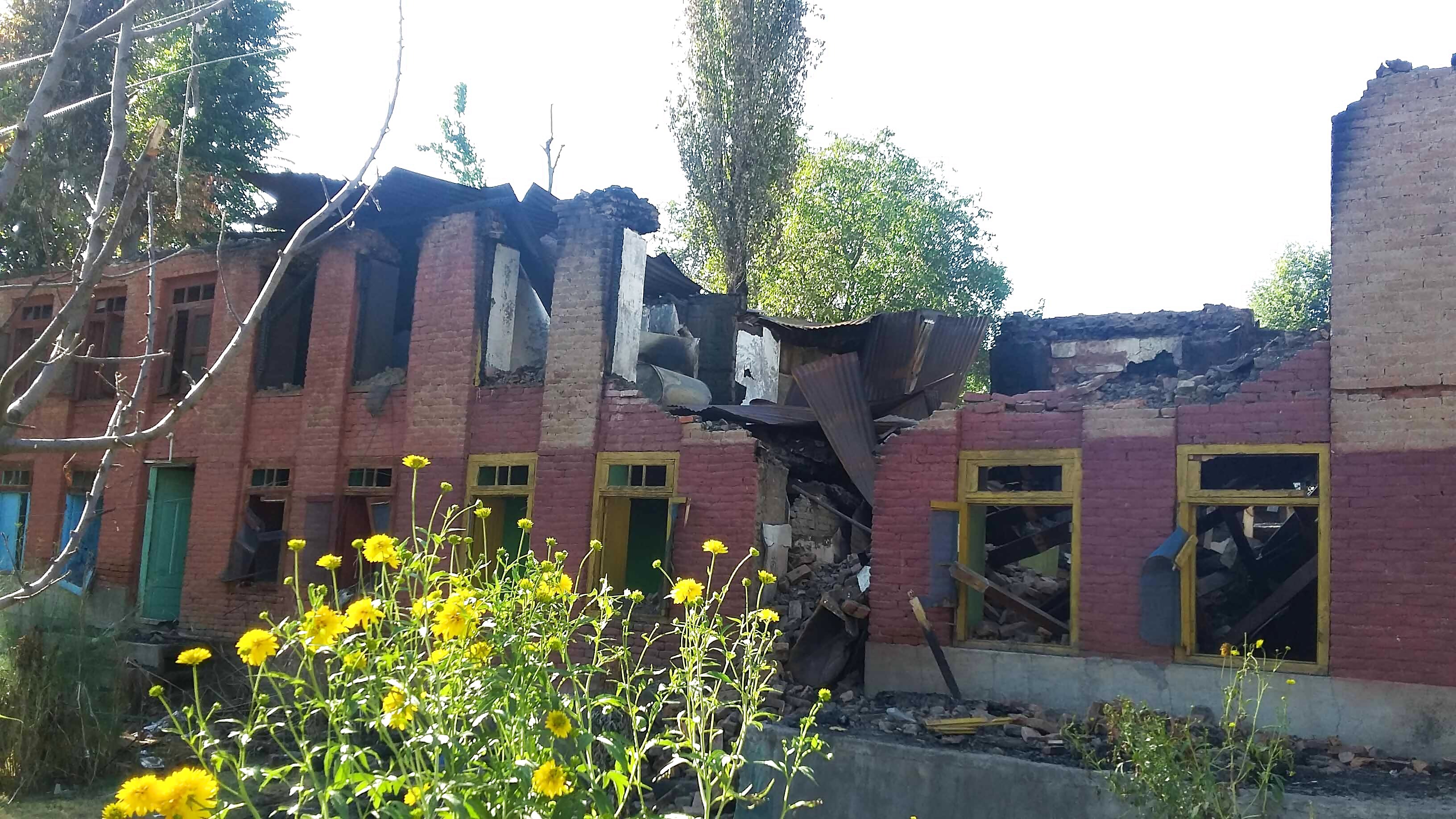
One of the houses vandalised and set afire in Bamdoora village. (Aakash Hassan)
“We were left with what we were wearing," says Amal’s mother.
Another local whose house was also burned down recalls, “When the mob entered, they first looted and then set it on fire. My children’s books were also set on fire."
“Qurans were burned down. It was a Sikh from nearby Zaldoora village who later took the burned Qurans and asked people to keep them in the mosque," says a local, standing where his home used to be.
Another local was away in Srinagar when his house was set on fire. This person works as a manual labourer, and was left with six children who had no clothes, no books, no medicines, no food and no shelter.
When the families left the village, they went to their relatives in the neighbouring villages.
“But even they were reluctant to let us in. They feared that if someone would come to know, they would face the same fate," says the daily labourer.
Two years have passed and the rubble is still scattered.
The families returned to their village after a month.
Amal and her family — three sisters and parents — turned a small, unused bathroom into their tenement for two years.
Slowly, they began life afresh. “We sold a patch of agriculture land and used my father’s entire savings to raise this new house," says Amal.
Four other families are also constructing the house. But the other families are hopeless.
The daily wage labourer who is living in a temporary tin-shed says he has no money to build a new house. “I am a daily labourer. Whatever I had, has been burned down. My daily earnings go into feeding my family."
The families say that even the government didn’t help them. “We are taunted by the officials if we ask for compensation or help," says the labourer.
Amal says she hates the place. “Bohat zulum huwa hamarai saath (several atrocities were committed against us)," she says. After the incident, her sisters had to leave their studies.
“One of my sisters was studying in Srinagar, but couldn’t continue as we didn’t have enough money for fees. Another went to college, but she was taunted. She was pursuing nursing and was accused of ‘poisoning’ Burhan," says Amal, adding that, “Allah will never forgive those people. They made our life a living hell."
The villagers say they face social stigma even now.
“I don’t reveal my address to my people," says a villager wishing not to be named. “When people get to know you are from Bamdoora, they call us mukhbirs (informers)."
It is hard for them to even face their neighbouring villages. The daily wage labourer says they are sort of ‘untouchables’ now. No one was ever arrested for what happened in Bamdoora.
Every year as July approaches, fear starts gripping the village afresh.
“Most of the villagers are suffering from hypertension and heart ailments," says another villager. “It is because of the tragedy that happened with us."
(The author is a freelance journalist)


















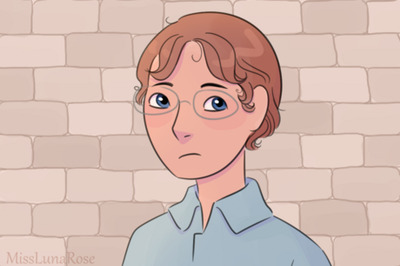

Comments
0 comment